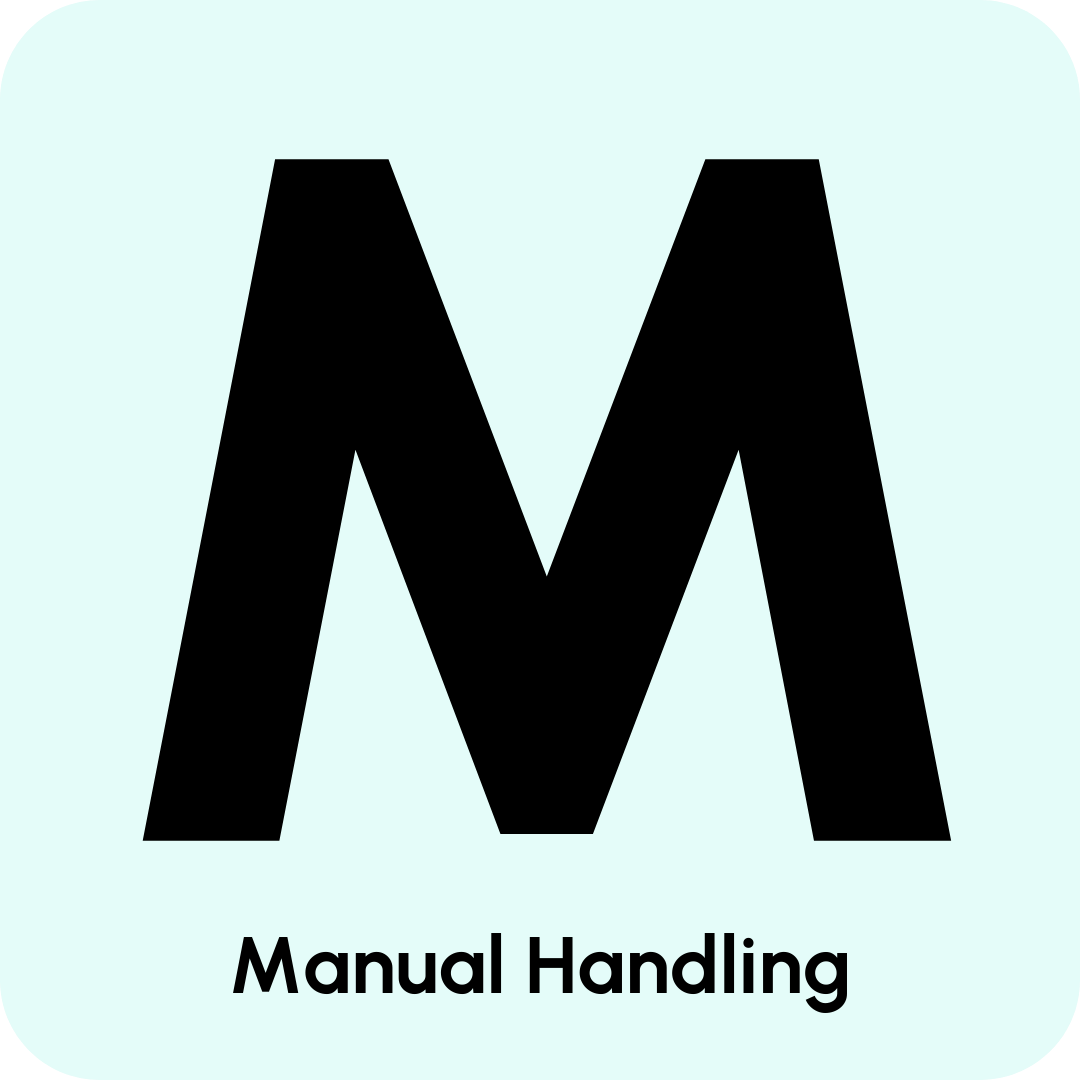Why does Manual Handling matter for your business?
Manual handling matters because it affects employee health, legal compliance, productivity, and costs.
If ignored, risks include:
- Injury claims – employees suffering back or shoulder injuries may claim compensation, leading to tribunal cases or insurance payouts.
- HSE enforcement – employers can face improvement notices, fines, or prosecution if they fail to control manual handling risks.
- Lost productivity – musculoskeletal injuries are one of the leading causes of long-term absence in the UK, costing businesses millions each year.
- Reputational damage – poor safety standards affect staff morale, retention, and employer brand.
On the positive side, organisations that manage manual handling well benefit from:
- Lower absence levels and higher productivity.
- Improved employee wellbeing and engagement.
- Reduced insurance premiums and legal risk.
- Enhanced reputation as a responsible employer.
For SMEs, the impact can be even greater, as the absence of just one or two employees can disrupt operations significantly.



